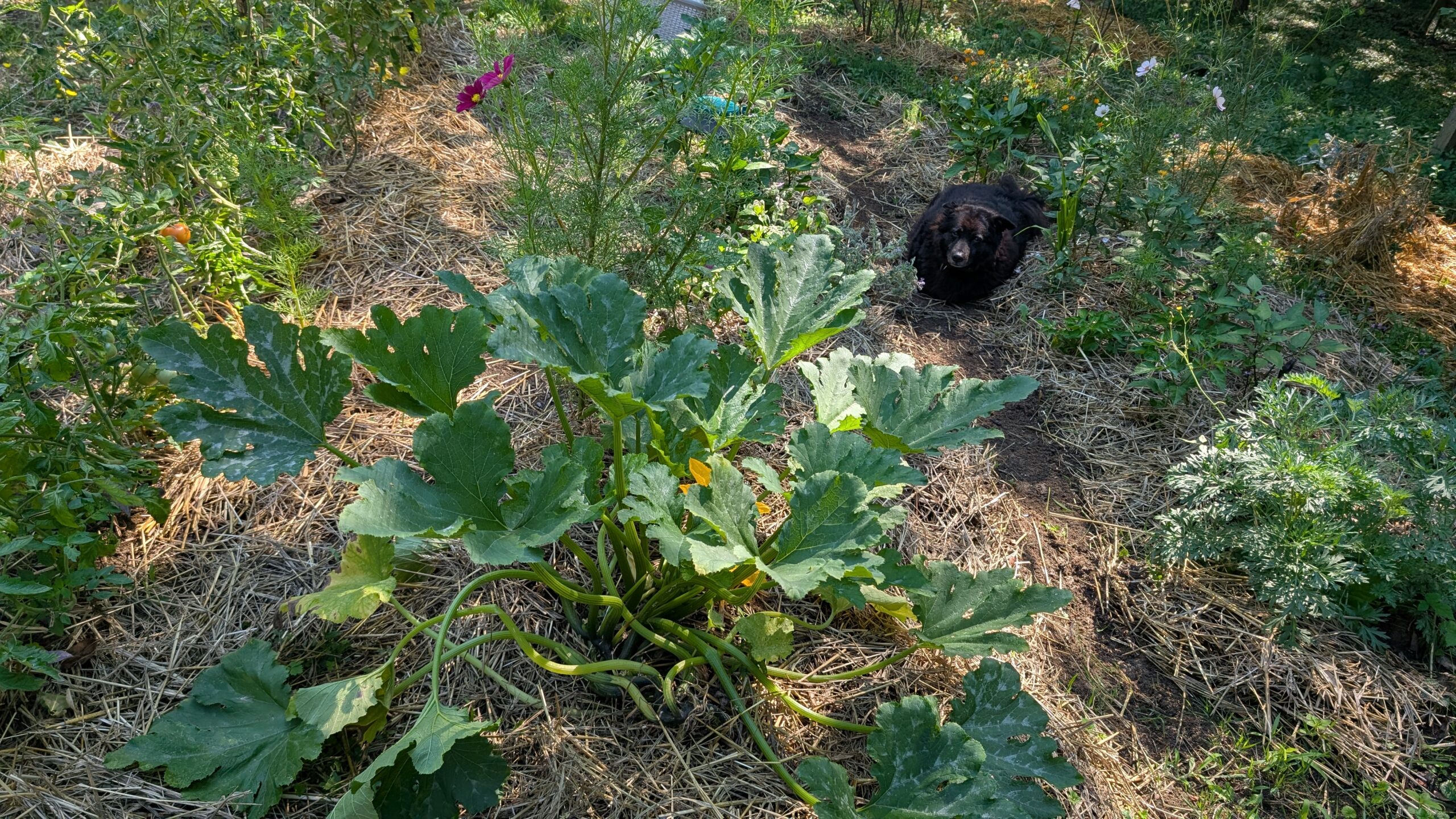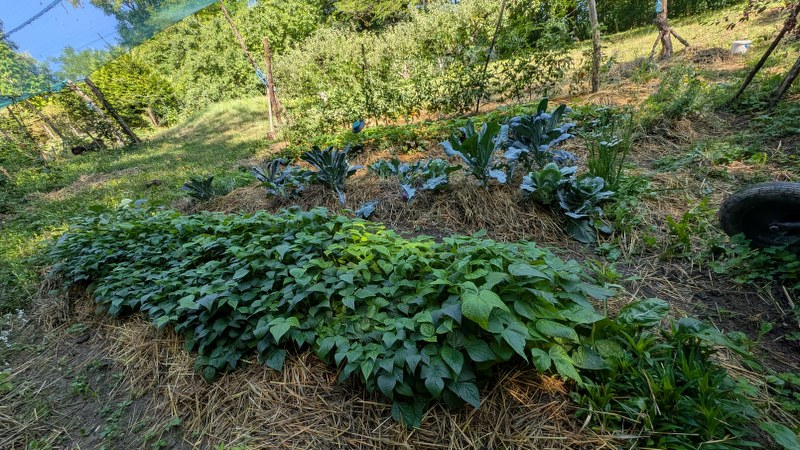Some time ago I wrote about my plan to make a small base of herbs, tomatoes, and flowers with their basic information and use them all in one place. Well that went down the drain due to many problems that have occurred in my life, but I never forgot about it so now it’s time to start introducing new things to this little blog and I thought about starting with a common spring herb:
Pulmonaria officinalis aka Lungwort (Plućnjak)

Lungwort, a herbaceous perennial is one of the first spring flowers that cover forest and shady meadows. The plant has been well known in medicine for hundreds of years. It was named by the Latin word for “lungs” (lat. Pulmo) in the 18th century. Still, there are writings about its usage in the 16th century by Leonhart Fuchs, a German physician and one of the fathers of botany. In middle age, this plant was used regularly for its benefits in treating cough.

Description of the plant:
Lungwort belongs to the Boraginaceae family (Borage, comfrey..) Its egg-shaped leaves are covered with different-sized hairs from rosettes. From the center of the rosette grows a 30cm (12in) stem which is also covered in tiny hairs with flower clusters at the top of the stem. Flowers are delicate, forming a small trumpet. Young flowers are blue and with age, they turn from purple to pink and red. After the flowers fall off the clusters start producing seeds in small pods. Seeds ripe in late summer and after the plant produces seeds it slowly disappears. Plants survive the winter in its creeping rhizomes and in late winter starts growing rosette again.

Harvest and usage:
The whole lungwort plant can be harvested( except root) when the plant is in full bloom. The plant can be dried or used as a tincture.
Lungwort contains allantoin, saponins, quercetin, polygalacturonane, silicic acide, tannic acid and other.
It is believed that lungwort is a natural antiseptic, antitussive, diuretic, and laxative.
Folk medicine uses it to cure lung diseases, angina, bladder diseases, and skin problems. Dried plants can also be added to animal food and used to treat horse, cow, and sheep cough.
When making Lungwort tea the dosage should be 1-2 teaspoons of dried herb on 2dl of water. Tea is bitter so it should be taken with honey or sugar.
When treating lung diseases herb is often mixed with yarrow, horsetail, sage, and leaf marshmallow.
Pregnant women and breastfeeding mums shouldn’t use lungwort tea.





Leave a Reply